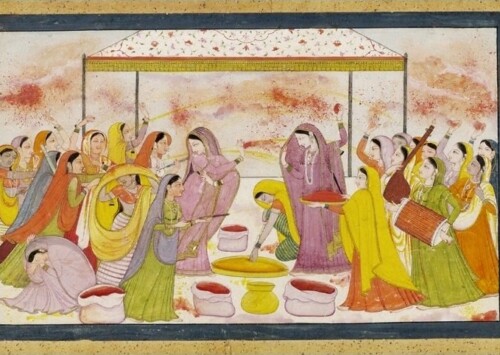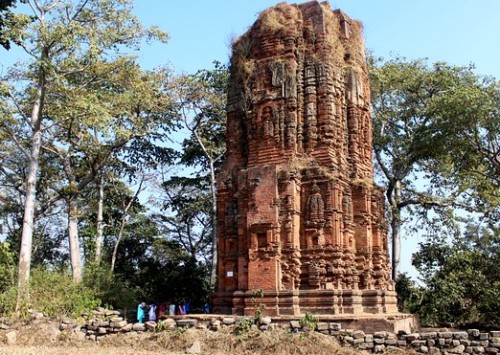The story of swimming camels
The Kharai camels derive their name from their unique diet of saline vegetation, primarily mangroves, Kharai meaning ‘salty’ in the Gujarati language. Found along the coastal region of Kutch in the westernmost state of India, Gujarat, these camels that are native to the region have evolved over time to survive on both dry land and in the sea, shaping them as an ecotonal breed.
In the marshy area of Kutch, filled with about 798 square kilometre of mangroves, these camels can swim for over three kilometres to the specked islands in the sea, to exclusively survive on mangroves and other little saline vegetation.
As an ancestral occupation, the Kharai camels have been reared by the Rabari community, an indigenous tribal caste of nomadic cattle and camel herders, and the Jat community, a Sunni Muslim, nomadic cattle and camel rearing community in the desert of Kutch. Camel breeding is a traditional livelihood and occupation of these tribes with the herders being culturally and religiously connected to this animal.
Historically, Kharai camels have been used as draft animals, and as an important source of manure for local agriculture. However, in the present day, due to a high demand of camel milk which has been certified by the Food Safety and Standards Authority of India (FSSAI ) for it’s immense therapeutic properties in degenerative diseases like autism, TB and diabetes, the herders are choosing to sell camel milk for their subsistence. A Jat camel breeder from Kutch told media, “before their (Kharai camels) milk wasn’t sold, so some people had given them away and given up on their profession. Now, they are coming back to it, because their milk can be sold in the market.”
As per latest counting in 2015, the state has 6,200 camels out of which around 2,200 are found in areas such as Lakhpat, Abdasa, Bhachau and Naliya. Interestingly, after the Bhuj earthquake, in an attempt to rebuild Kutch, these same places have been subjected to a heavy industrialisation along the coastline which has resulted in restricting the access of Kharai camels to the islands, on which they are dependent for their food.
According to Dr G. A. Thivakaran, a scientist at Gujarat Institute of Desert Ecology, “the general impact of coastal industries on mangroves is habitat fragmentation, closing feeding creek systems, shipping which cause gradual degradation, changes in water hydraulics due to dredging and other land form modifications.” The cement industries that have been set up, require the construction of jetties for their exports. Hence, they scrape out the mangrove falling in their way.
For the camels to feed on the mangrove islands, the breeders keep the camels at the islands for one-two days before bringing them back on the dry land, inhospitable to other breeds, for fresh water. The breeders believe that camels’ hooves press mangrove seeds into the mud, helping them to germinate seeds and the pug marks of camel along mangroves stops the seeds from being washed away in high tides. However researches show that by eating the growing buds of the mangrove trees, the Kharai camels can stunt their growth and trampling upon the younger plants, causes them to die. In a contrasting research by Lyla Mehta and Shilpi Srivastava, social scientists at the Institute of Development Studies at the University of Sussex on The Social Life of Mangroves asserted that Kharai camels were able to swim because they had a coexistence with mangroves.
Sahjeevan, a Kutch-based NGO, working to conserve biodiversity, along with Kutch Camel Breeders Association, Anand Krishi University and the state’s animal husbandry department had prepared breed descriptor and had conducted tests for gene pool and other characteristics to separate this breed for the other recognised breed of Kutchi camels. The National Bureau of Animal Genetic Resources(NBAGR), in 2015 recognised the Kharai camel breed as a separate camel breed, making it the ninth breed of camels in India and the second breed from Gujarat to receive the honours.













